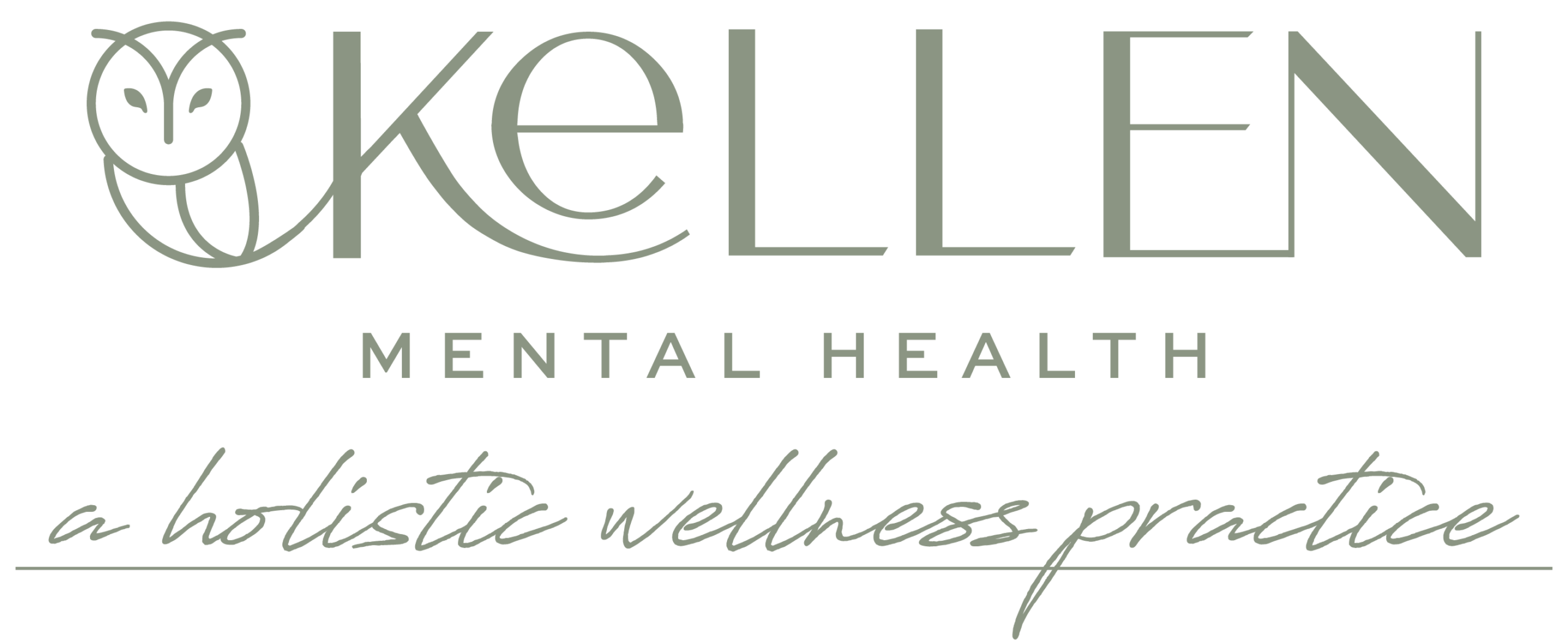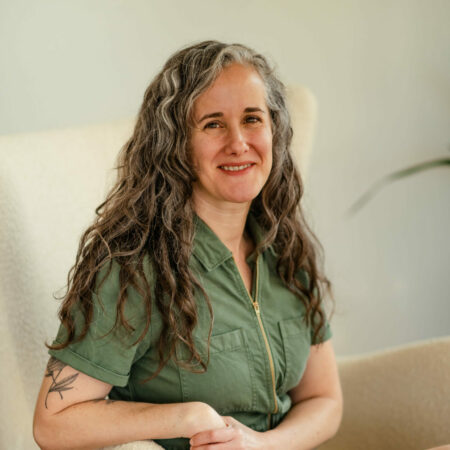Anxiety is a common emotional response. Most of us have experienced it on some level in our lives, and many of us live and struggle with anxiety or know someone who does. Anxiety is a similar emotion to fear, with the distinction that fear is an emotion that involves an identifiable threat or danger, and anxiety occurs in the absence of a threat. One way to make the distinction at the moment to determine which emotion one is experiencing is to ask the question: “Am I feeling this emotional response around something that is occurring right now, or am I worried about something that might occur in the future?”
Two places in the human brain can initiate anxiety. One is the cerebral cortex which is the part of the brain involved in our thoughts and perceptions. The other location is in the amygdala, which are two small, almond-shaped structures in the brain. The amygdala is a major center for emotional processing, and the main emotion the amygdala is responsible for is fear. This is quite handy as the amygdala is the area of the brain that processes incoming information to determine threats. It is this area of the brain that triggers the “fight or flight” response. For many of us living with anxiety and in an overly activated nervous system, we are quite familiar with the processes of the amygdala, even if we are unaware of it.
What does this have to do with my anxiety?
If my anxiety originates in the cerebral cortex, changing my thoughts may help to decrease the anxiety I’m experiencing. In this case, cognitive behavior changes or using an affirmation or mantra may help reduce the experience of my anxiety. However, this will not completely address my anxiety if the amygdala is triggering the anxiety response.
In the case of anxiety that originates in the amygdala, one needs to consider the autonomic nervous system (ANS). If the amygdala interprets something as a threat, it signals to the body that the ANS needs to be activated; the “activating” part of the ANS is the sympathetic nervous system (SNS). The problem is, if I am living in an activated nervous system, the amygdala is already on high alert and will be on the lookout for threats even more. Unfortunately, this means things that aren’t a threat may be interpreted as a threat, which keeps the amygdala in overdrive, keeps the SNS working harder, and continues a cycle of activation.
To stimulate a deactivation response and bring the “rest and digest” part of the nervous system online, one has to cultivate a feeling of safety and security. This part of the nervous system is known as the parasympathetic nervous system (PNS) and for anxiety based in the amygdala, the best practices are approached from the bottom up. In other words: start in the body and work up to the mind. Practices such as slow, mindful movement, specific forms of breathing, and myofascial release are just some of the types of bottom-up practices that can help address anxiety.
It may be challenging at first to find what practices work for you, and even when you begin to explore them, it may feel like your anxiety starts to ramp up. This phenomenon is known as “relaxation-induced anxiety”; essentially the amygdala interprets anything different as a threat, even if that difference is the body’s relaxation response!
Working with a skilled yoga therapist can help you navigate the challenges of cultivating skills and techniques to manage anxiety for your unique experience. If yoga therapy seems like it might be what you need as you work through anxiety, please reach out today to schedule a consultation.


